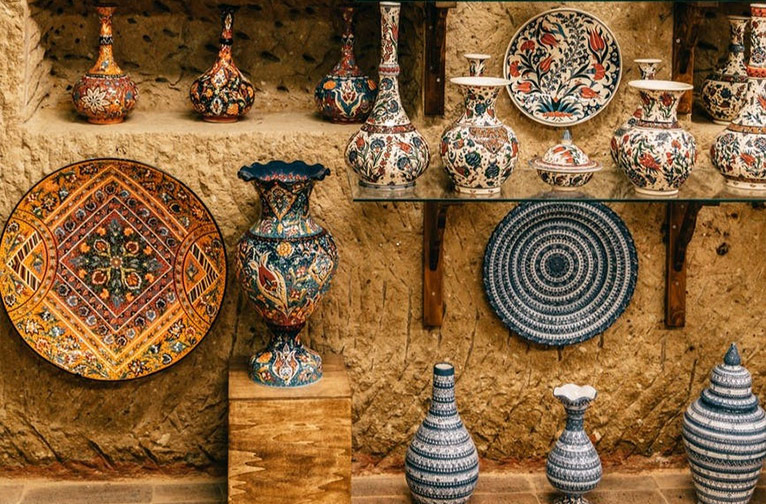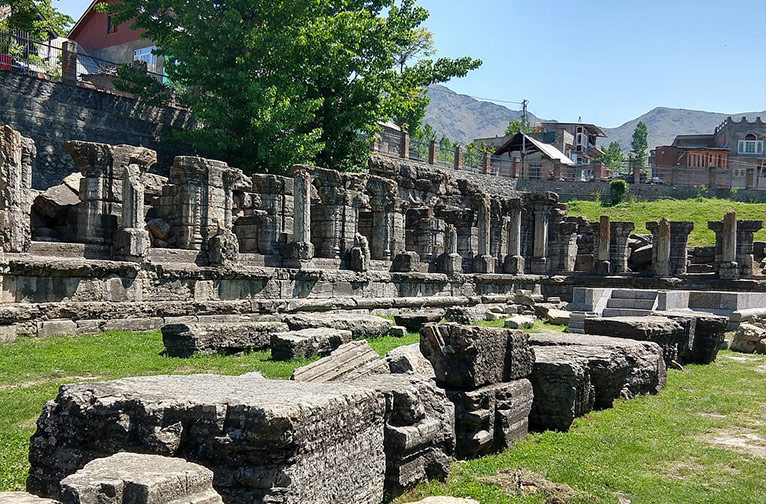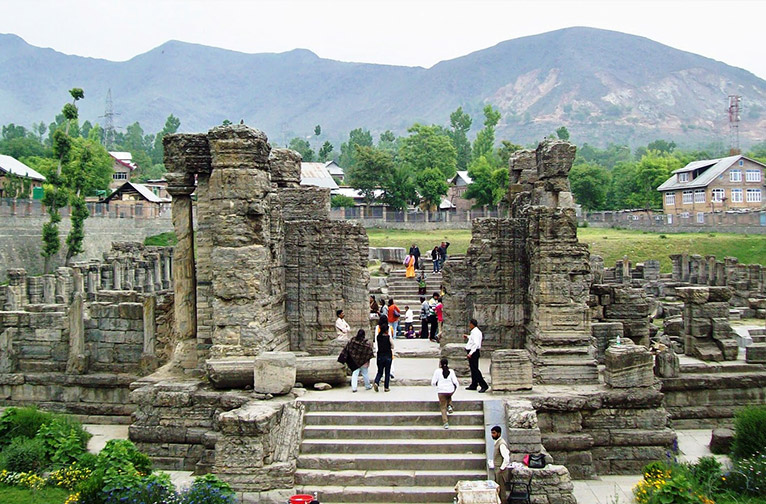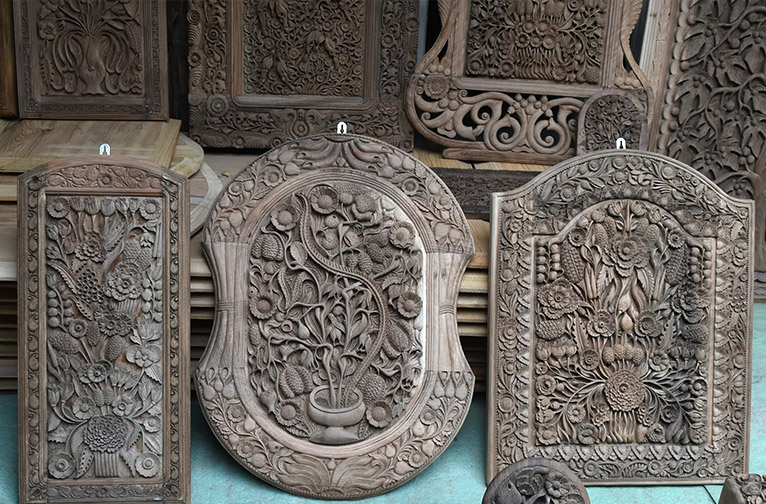Spreading the awareness of Kashmir’s artisan splendour must run parallel to the paeans sung about its natural beauty. The gorgeous Valley, the epitome of the beauty and wonderment of a Paradise on Earth, truly blows you away with its picturesque settings, its culinary and crafting domains and all- year-round activities and adventures.
The richness of the Himalayan valley’s offerings draws deeply from its geographic setting, embedded as a central meeting ground for trade and cultural links, in olden times, with Central Asia, Persia and the geographies yonder, China and the Far East.
The ancients well knew the treasures they had amassed from the Valley’s centric position in the geographies in these parts–and accordingly set in place measures to keep those cross-cultural influences alive for generations to come. Its proximity to the ancient caravan routes has been pivotal to Kashmir’s allure as a bustling hub for trade, commerce, culture, foreign travellers, holy men and people of diverse communities.
Kalhana’s Rajatarangini (River of Kings), written around 1150, provides a treasure trove of insights into Kashmir’s political and cultural moorings. Raja Lalitaditya coming to power in the 8th century and his conquest of most of north India, Central Asia and Tibet, not only brought in a paradigm shift in the political power play in the region, it also funnelled in compelling cultural changes at many levels in the Valley such as the evolution of Kashmiri society, language, literature, architecture, crafts and cuisine.
Buddhism, Hinduism and Islam have all shaped the cultural moorings of the Valley. A major Buddhist Council was held in the Valley under the directions of the Kushan emperor, Kanishka, in the first century. The Buddhist schools of Sarvastivada, Mahayana, Madhyamika, and Yogachara had also embedded themselves deeply in Kashmir.


The creative spirit of Kashmir beautifully reflects these influences in its artisanal pursuits from ancient times. Even the temple ruins are an excellent source of learnings of Kashmiri architecture, painting and sculpture. While visiting the stone-built Martand Sun Temple, raised by Lalitaditya, check out the fluted columns, mandapa and the sanctum; there were 84 niches, each of which originally housed an image of Surya. The Avantipur complex is another site which mirrors the excellence of Kashmiri architecture. Records reveal that in the 9th century India had four principal schools of art: eastern, middle country, Marwar, and Kashmiri. Kashmiri painters are believed to have left their impress on Buddhist paintings in the gompas in Ladakh; a prime exemplar is the dharma-mandala at the Alchi monastic complex, with representations of the Kashmiri Buddhist pantheon and the Buddhist representation of the Hindu pantheon. Kashmiri painters even travelled to Tibet on the instance of Tibetan scholar Rinchen Zangpo (950 - 1055). “Kashmir served as a source of imagery and influence for the northern and eastern movements of Buddhist art,” as cited by art historian Susan Huntington.


The Valley’s times under alien rulers such as the Mughals, Afghans, Sikhs and Dogras, can be explored in the old mohallas and network of dusty narrow lanes with their karkhanas, which are repositories of those alien influences on its crafting heritage.
Warmonger Timur’s invasion of India created ripples of a lesser- known kind when he betrayed his alliance with Sultan Sikander of Kashmir. Reneging on promises made, he abducted the Sultan’s son, Shahi Khan, and spiriting him away to Samarkand in Central Asia. Though captive here for seven years, Shahi Khan picked some incredible learnings of the sophistication and fantastic diversity of arts and crafts produced by the workers there under Chinese, Turki and Persian influences. Having escaped Samarkand and returned to rule Kashmir as the ‘Great Badshah’ Zain-ul-Abadin in 1421, Shahi Khan never forgot that exposure to Central Asian artisanal splendour. It was he who laid down the foundation of organized crafts and a professional approach to boost the indigenous skills of his artisans. Papier machie, jewellery, woodwork, metalware, pottery, textile weaving, carpet manufacture, embroidery and shawl weaving, and nomadic crafts were introduced in Kashmir on an entirely new platform of development and creativity.
Next time you find yourself in Srinagar take home a bit of this incredible legacy as souvenirs for friends and family–and yourself.